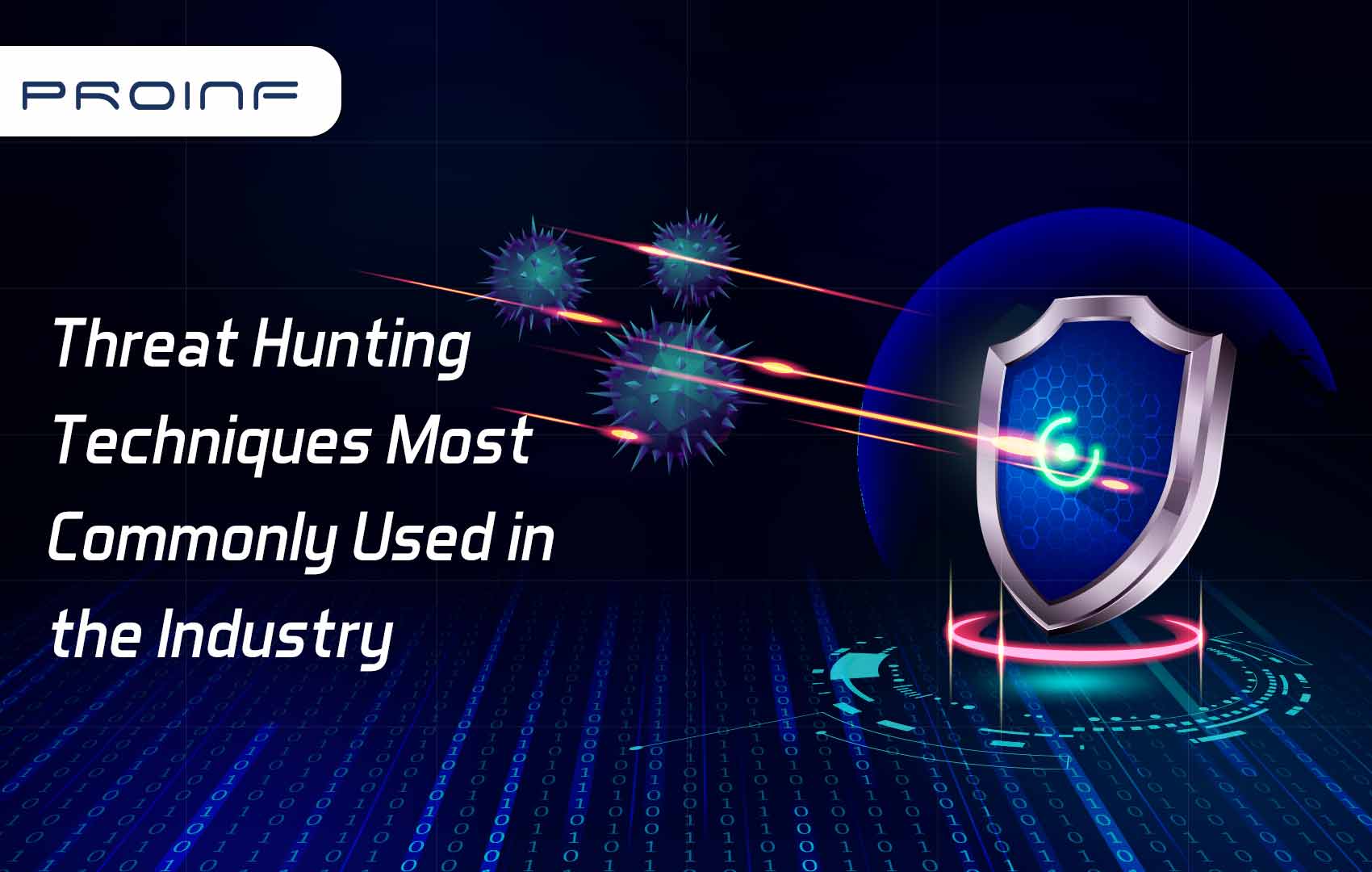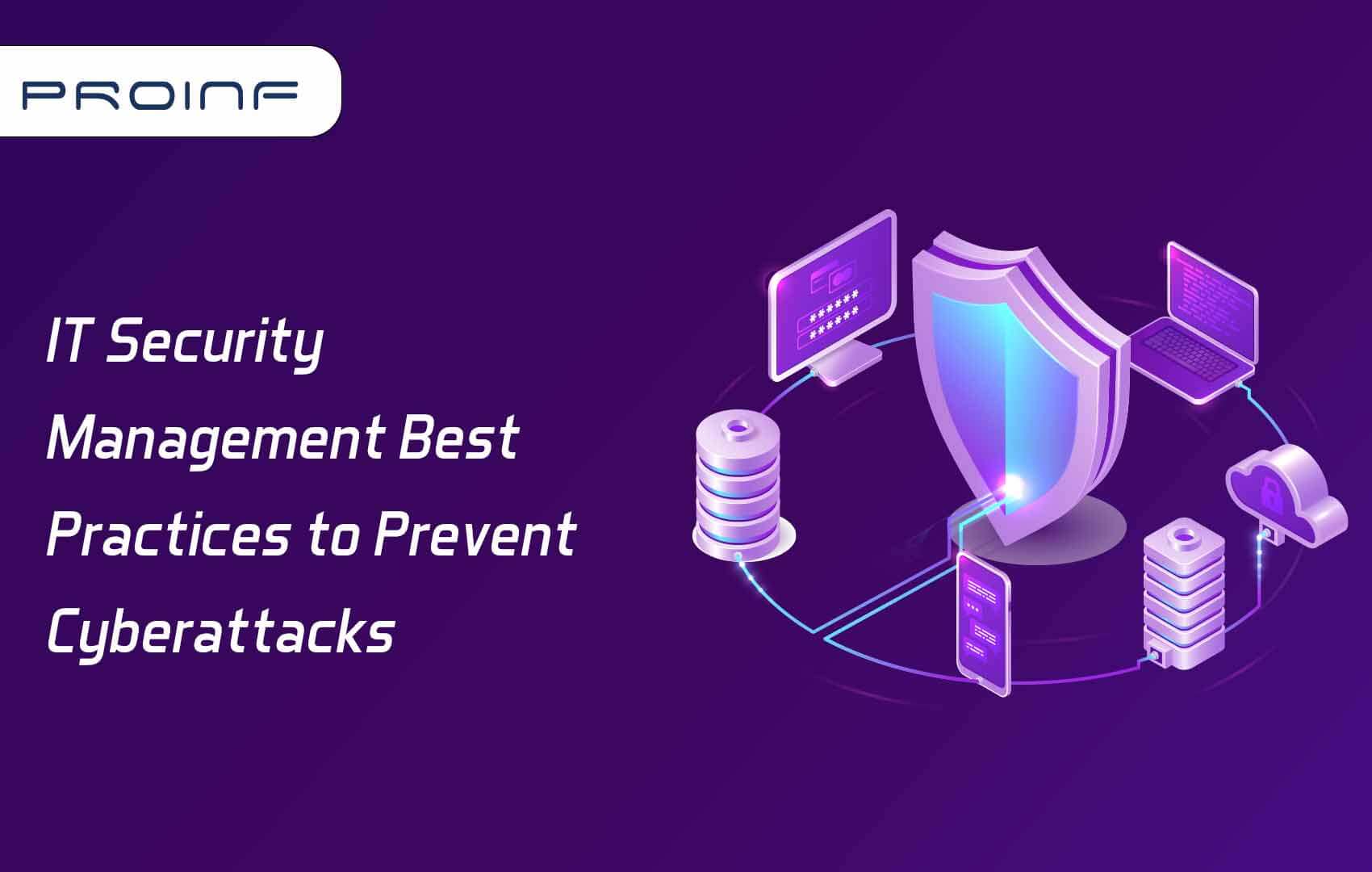How to build the Next-Gen SOC?
What is Security Operations Center (SOC)?
A security operations center (SOC) is the central location where a company's security team monitors and analyzes the company's cybersecurity on a daily basis. The goal of the SOC is to identify and respond to cyber threats and vulnerabilities in a timely manner to prevent security incidents from occurring in the first place.
When building a next-generation Security Operations Center (SOC), it's important to consider not only your organization's current security needs, but also future trends and developments in cybersecurity. Next-generation SOCs must be designed keeping scalability, flexibility, and adaptability in mind. This allows you to effectively meet your organization's changing security needs over time.
Security Operations Center (SOC) Implementation Plan
Implementing a SOC can be a complex project, and it's important to have a clear plan before starting. Consider the following when developing your SOC implementation project plan:
- Identify your organization's unique security needs: This should include an assessment of your organization's current security and an analysis of potential threats and vulnerabilities.
- Determining resources needed for SOC: This includes both human resources (security analysts, engineers, etc.) and technical resources (tools and systems, etc.)
- SOC scope definition: Will the SOC be responsible for monitoring and analyzing all security-related events, or will it focus on specific areas such as network security or application security?
- Set a schedule and budget: Setting a clear timeline and budget is critical to keeping your SOC implementation project on track.
Security Operations Center (SOC) Design and Creation
With the project plan in place, the next step is to design and build a Security Operations Center (SOC). This includes several key steps such as:
- Define the SOC scope and goals: Determine the systems and networks that the SOC will cover and the specific security goals that the SOC is trying to achieve.
- Identify required technologies and tools: Determine the hardware, software, and other technologies that will be used to support your SOC. This may include security incident and event management (SIEM) systems, intrusion detection and prevention systems (IDPS), and other security tools and platforms.
- Establish processes and procedures: Create and document the processes and procedures followed by the SOC team to detect, analyze, and respond to security threats and incidents. This may include incident response plans, threat intelligence processes, and forensic analysis procedures.
- Build team: Hire and train a team of cybersecurity professionals to place in your SOC. This may include analysts, engineers, and other professionals with expertise in areas such as threat intelligence, incident response, and forensic analysis.
- Build your physical infrastructure: Design and build the physical space in which your SOC team will work. This should include not only the hardware, software, and other technologies necessary to support the SOC, but also a secure workspace. Test and validate your SOC.
Once a SOC is created, it is important to test and validate its functionality to ensure that it works well and meets the defined goals. This may include conducting simulated security incidents and drills to test the effectiveness of the SOC's processes and procedures.
By following these steps, organizations can design and build a well-featured SOC to detect and respond to security threats and maintain the overall security of their systems and networks.
Security Operations Center (SOC) Checklist
In some cases, the organization may have limited resources to build her SOC. In these situations, it may be necessary to prioritize certain elements of the SOC and focus on implementing them first. Key considerations when building a resource-constrained SOC are:
- Define the scope and purpose of the SOC
- Identify resources needed for SOC
- Schedule and budget development
- Choosing the Right Location and the Right Technology
- Define security team roles and responsibilities
- Establish processes and procedures
How can you build a SOC with limited resources?
In some cases, the organization may have limited resources to build her SOC. In these situations, it may be necessary to prioritize certain elements of the SOC and focus on implementing them first. Key considerations when building a resource-constrained SOC are:
- Identify the most important security requirements: Depending on your organization's unique risk profile, certain security requirements may need to be prioritized over others.
- Use existing resources: Instead of purchasing new tools and systems, you may be able to use existing tools and systems to create your SOC.
- Using external resources: In some cases, we may choose to outsource some of our SOC functionality to third parties or use resources shared with other organizations.
Security Operations Center (SOC) Architecture
A key consideration when building a next-generation SOC is architecture. SOC architecture refers to the overall design and layout of the center. This includes physical layout, technology and systems used, and appropriate processes and procedures. When designing your SOC architecture, you should consider the following:
- Make your SOC easily accessible to your security team: This includes placing the SOC in a central location that is easily accessible by all team members.
- Choosing the Right Technology: The SOC should be equipped with the tools and systems necessary to monitor and analyze security events in real time. This includes security information and event management (SIEM) systems, intrusion detection and prevention systems, and other specialized security tools. It's important to choose a technology that is scalable, flexible, and adaptable to meet your organization's changing security needs.
- Establishing processes and procedures: The SOC must have clear processes and procedures for responding to, reporting, and documenting security incidents. These processes and procedures must be flexible and adaptable so that they can be updated as needed to meet the changing needs of the organization.
Security Operations Center (SOC) Concept and Strategy
In addition to the SOC architecture, it is also important to consider the overall concept and strategy behind the center. Key considerations when developing a security operations center strategy include:
- Identify your organization's specific security needs: This should include an assessment of the organization's current security posture and an analysis of potential threats and vulnerabilities.
- SOC scope definition: Will the SOC be responsible for monitoring and analyzing all security-related events, or will it focus on specific areas such as network security or application security?
- Determining resources needed for SOC: This includes both human resources (security analysts, engineers, etc.) and technical resources (tools and systems, etc.).
- Set a schedule and budget: Setting a clear timeline and budget is critical to keeping your SOC implementation project on track.
SOC Framework and Practices
To ensure the success of the next-generation SOC, it is important to follow best practices and establish a framework for managing the center. Some of the key Security Operations Center best practices are listed below.

Types of Security Operations Center (SOC)
One type of his SOC that is gaining popularity is the Cyber Security Operations Center (CSOC). The CSOC is specifically focused on cyber security and is responsible for monitoring and analyzing the organization's cyber defense posture. This may include activities such as monitoring security events in our organization's networks and systems, analyzing security-related data, and responding to security incidents.
There are different types of security operations centers such as internal SOCs, managed SOCs, and co-sourced SOCs. The type of SOC that's best for your organization depends on its specific needs and resources.
The internal SOC operates entirely within the organization and all security personnel are employees of the organization. This type of SOC may be suitable for large organizations with critical security needs and resources to support internal teams.
A managed SOC, on the other hand, is operated by a third party. Vendors are responsible for managing all aspects of the SOC, including people, technology, and processes. This type of SOC is a good option for smaller organizations that don't have the resources to run an in-house SOC or want to outsource certain SOC functions.
A co-sourced SOC involves a combination of internal and external resources. The organization has some control over the SOC, but works with third parties to manage certain aspects of the center. This type of his SOC is a good option for organizations that want some control over their SOC but don't have the resources to manage it completely in-house.
In addition to the SOC nature, there are also various tools and systems that can be used to support center operations.
Common security operations center tools include:
Security information and event management (SIEM) systems: These systems collect and analyze security-related data from various sources (logs, network traffic, etc.) and issue alerts when potential threats or vulnerabilities are detected.
Intrusion detection and prevention system: These systems monitor network traffic and notify the SOC when suspicious activity is detected. Vulnerability management tools:
These tools help identify and prioritize vulnerabilities in enterprise systems and applications.
Security orchestration, automation, and response (SOAR) platform: These platforms enable SOCs to automate certain processes and respond to security events more quickly and effectively.
In summary, building a next-generation security operations center requires careful planning, the right technology and tools, and a focus on best practices and continuous improvement. By considering the SOC's architecture, concepts, strategies, and tools, organizations can build a hub that effectively meets their changing security needs and protects against cyber threats.
Explore the latest techniques and tools for creating a cutting-edge security operations center (SOC). Request a demo to see how you can boost your SOC's capabilities and protect your organization's assets. Take the first step to building a next-gen SOC today


